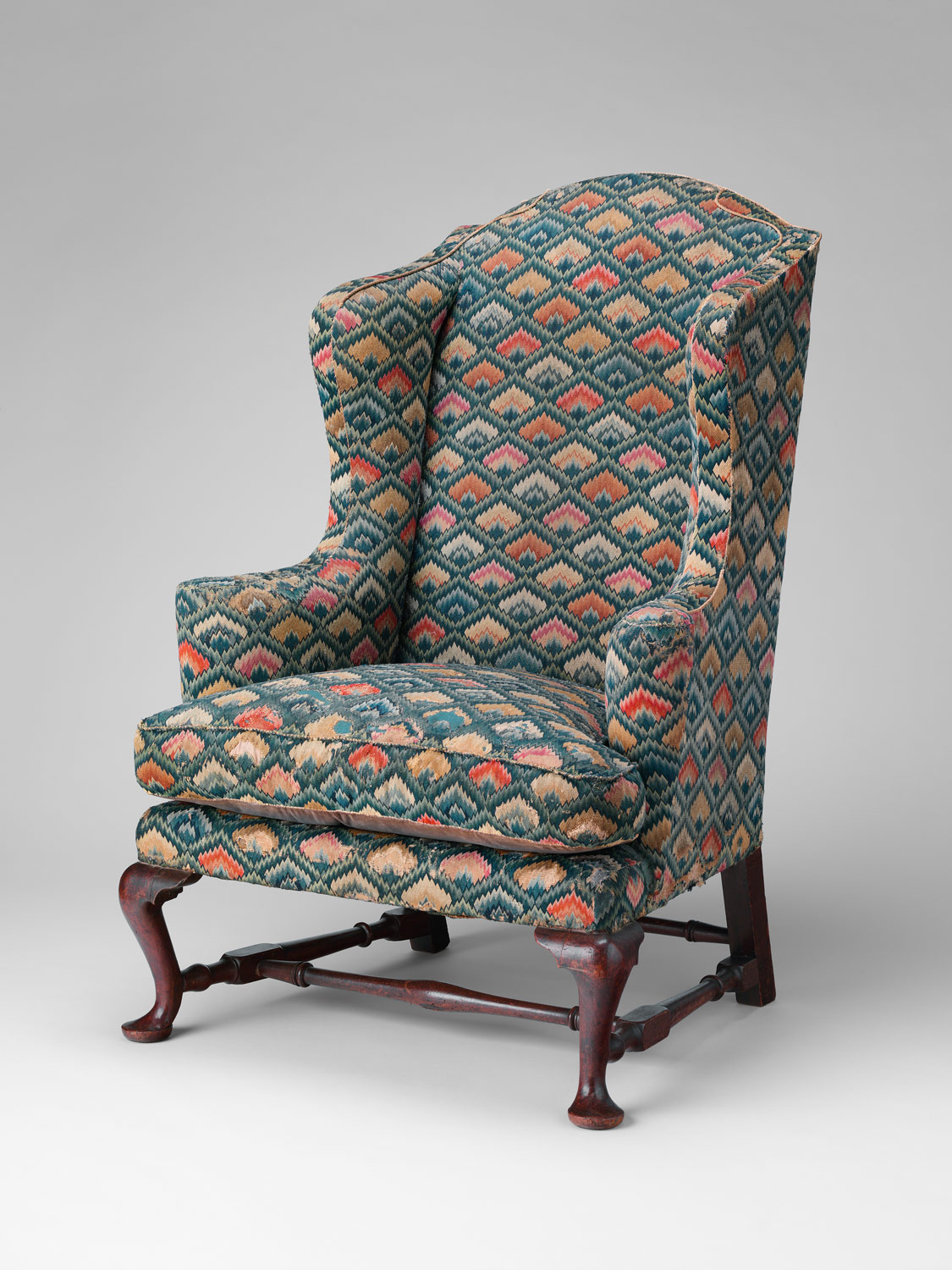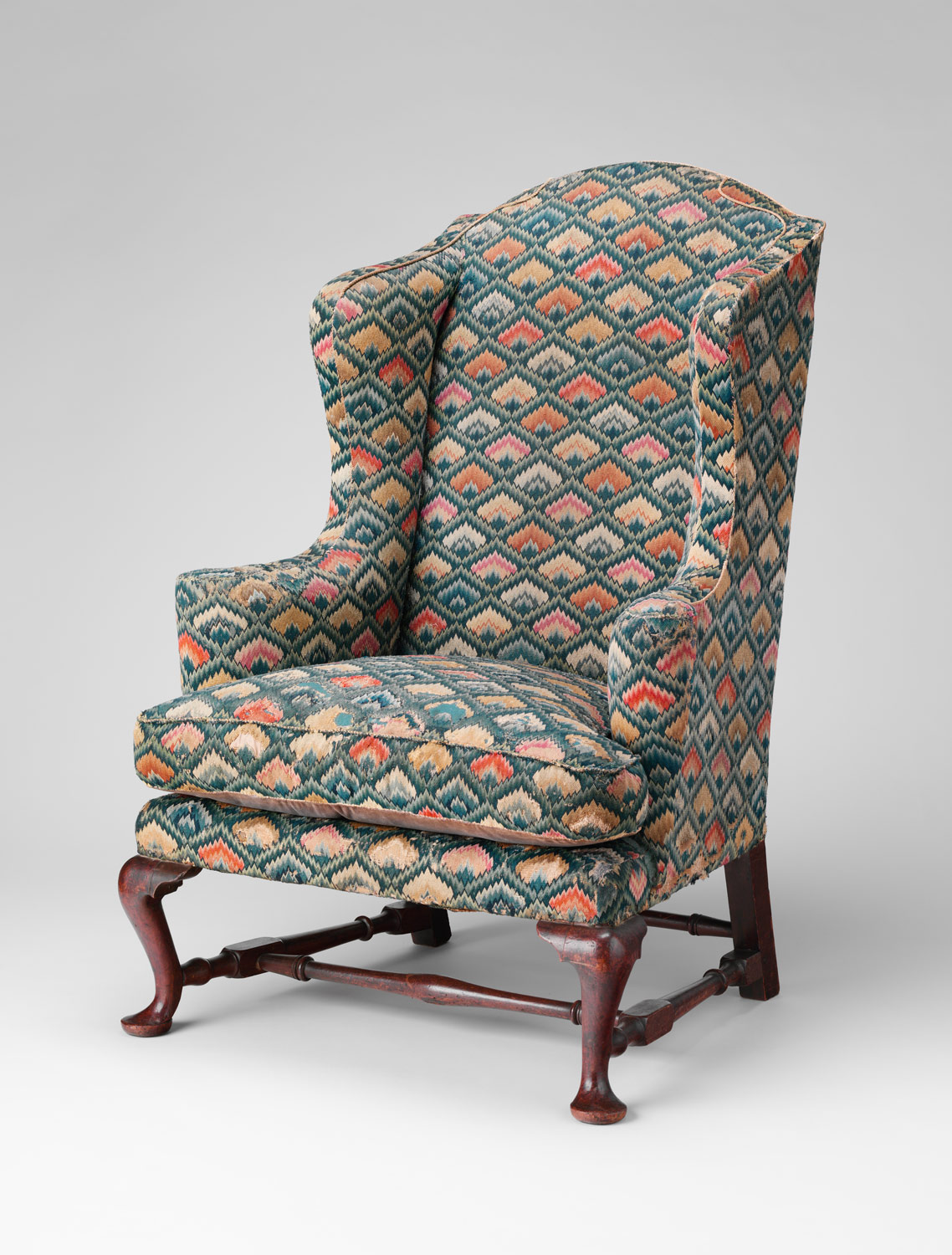I purchased a mirror today--to add to my mirror collection... and post purchase, thought I'd do a bit of research on my new treasure.
The mirror is Empire, which can be confused with Biedermeier as they're both very neoclassic. Empire basically started under Napoleon, and influenced styles across Europe and the U.S. in the early 1800's. I was going to write up an article on the origins of Empire, but thought that this website did a nice job:
Rupert Cavendish --check it out after you read my blog, of course!
Usually when you think (French) Empire, you think of furniture that can sometimes be over the top with all kinds of gilding and ormolu. Some examples I found on the internet that aren't too far over the top, and ones I like:
This is one at Sothebys,
 |
This one is Italian. See how varied these are in origin? Don't you love everything in the picture!
Sothebys.com |
Here's one at Christies.
All of the ones above have gilt ormolu on them. It's a feature in my limited world that always makes me think French or Italian.
Christies had another one I really liked. The mirror was really plain, a square. I love the cherub wrestling with the lion.
 |
Lion and Cherub! $1,593 in 2009. Christies.com
OK, so again, they're really expensive. CHEAP compared to trumeau's though!
You can get nice examples for $200-$600. |
Nick Brock at
Ist Dibs has a mirror, fabulous. He attributes it to French Empire.
 |
| This fabulous beauty can be yours for $4,850. The swan is amazing! |
There is a
trumeau mirror on Ist Dibs that I thought was worth looking at because of the gilt carved cartouche on it. It is a beautiful basket.
 |
| French Empire, circa 1815, $8,500 |
I love trumeau mirrors, except you need a giant space and a wagon to haul your wallet for them. The Empire mirrors I am talking about are not the giant Pier Mirrors, they are about 45"-48" tall, and 20"-22" wide. The Swedish Empire looks more like the plain American Empire, except it has a carved wood cartouche above the mirror. It's a mini trumeau mirror, in a natural wood finish.
The
antique dealer that sold me my mirror said it was Swedish in origin. I was baffled, thinking how did he know? After digging around, there's more than Swedish painted furniture...he's right!
I did a search for Swedish mirrors at live auctioneers,and here is
one that is quite lovely. Quite a bargain at $400. Notice the simple lines with the very ornate carving over the mirror.
Bonhams had an interesting mirror. There was a label on the back that had
P.G Bylanders, Spegelfabrik..., Gotheborg.
 |
| In a 2004 catalog, auction estimate $1,500-$2,000. |
The style is closer to mine, but it has side pillars more typical of the French Empire. This one was identified as Northern European.
The mirror below on
LiveAuctioneers is very much like the top of mine. I really like this one!
 |
Sold for $1700 in 2004. Prices seem to have softened alot since then, but really fabulous mirrors are still high.
What else is new? |
A third one, but is much larger:
http://www.liveauctioneers.com/item/531658
 |
| Sold for $525 in 2004 |
Most of the mirrors are 48" long by 21" wide. The one above is 77" x 32", but I thought it was interesting in that it didn't have the ormolu, it's wood carving. I'm suspecting that all these without ormolu may be "northern european"?
The one below has a cornucopia and wheat on it.
http://www.liveauctioneers.com/item/9125778
 |
| Sold for a bargain price of $250 in 2011 |
So now you've seen similar styles to what I purchased. My find is below:
(I have to giggle every time I see my reflection in a mirror for a web photo. I am reminded of the picture of a half dressed woman taking a picture of an item she's listing on ebay. It was scary!)
The wood carving is of pomegranate branches. The Romans thought the pomegranate signified marriage and fertility, and brides would wear pomegranate-twig wreaths.
The wood carving on it:
Now that I have it home, I'm looking at it...and wondering... is the wood carving upsidedown?
I think that Empire furniture is a good buy right now. I am amazed at what pieces from the 1810's-1840's goes for. Sometimes its cheaper than Victorian, and often cheaper than new mirrors. I'm not so wild about American Empire, I think it tends to be more clunky. Most of the mirrors above were 48" x 21", a narrow size, but not completely overpowering in a room.
However I do like the cleaner, plain lines that Empire often has. I was in St. Louis, and fell in love with a mirror at
Clark Graves Antiques. I particularly liked this one:
 |
| I was only in St. Louis for a few days, and ran out of time. I missed this one. |
It was my first introduction to Biedermeier. The 3 mirrors above are Biedermeier. I'm not sure what the difference between Biedermeier and Empire are--other than the wood color is lighter on Biedermeier. The mirror I missed out on had oromolu, not carving. I thought I'd share them here if you are considering this style of mirror.
So what do you think? Is my carving upside down? Would you consider owning a piece of Empire? Which was your favorite mirror in the article? See my article on an
Empire Dressing Table, to look at other empire pieces.
I'm obsessed with antique mirrors. I have a "collection" which I wrote about
here, you might enjoy reading. In the mean time, I'll fuss with where my new mirror will go. OK, it's not empire, but I'm thinking over a Georgian chest. Oops, that's sitting in the garage. That was last weekend's antique fix!
UPDATE: We turned cartouche "right-side-up"!






























































































